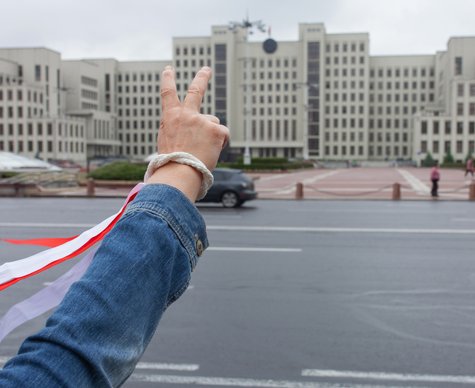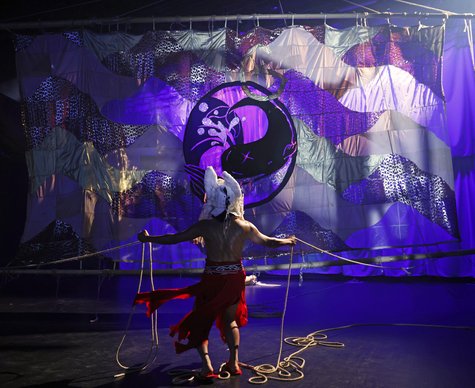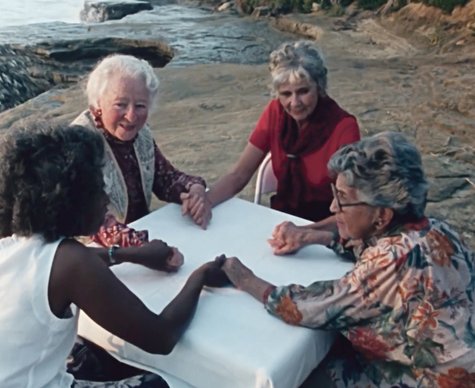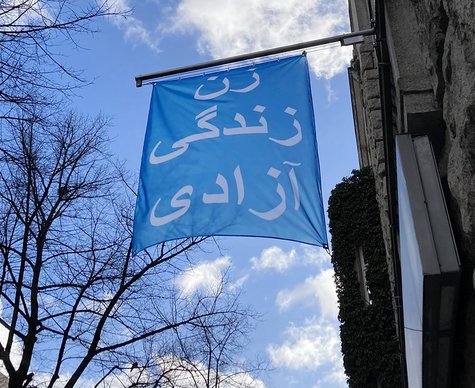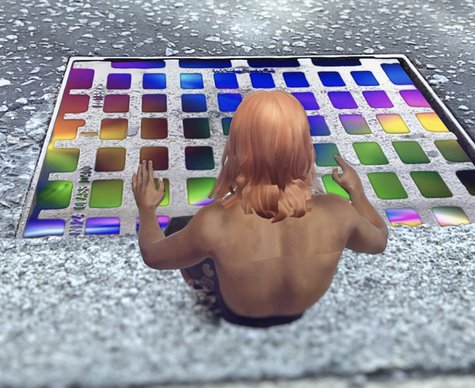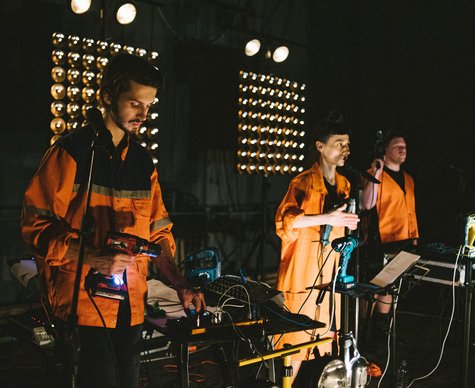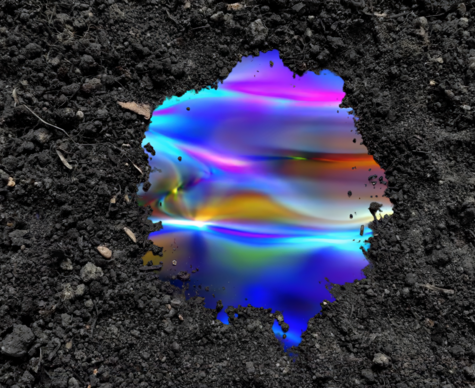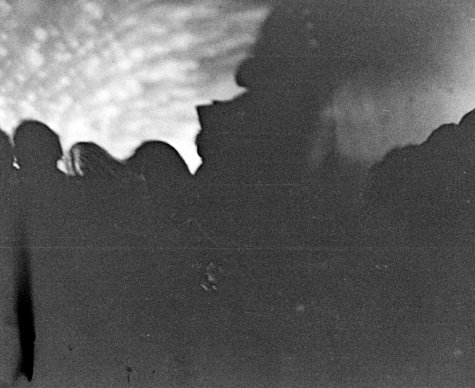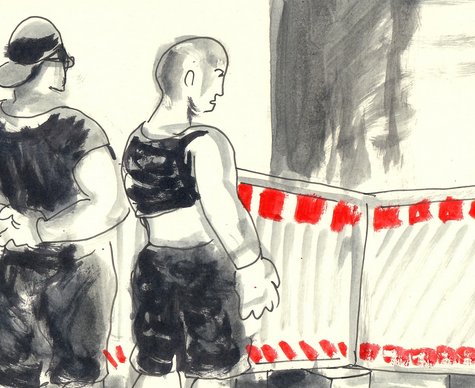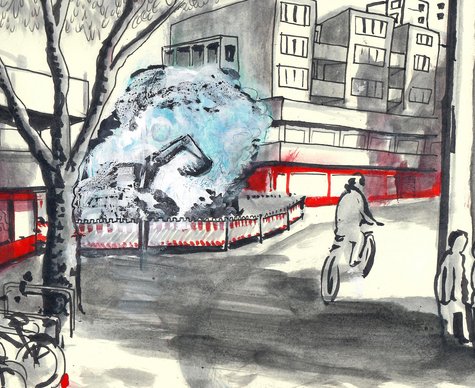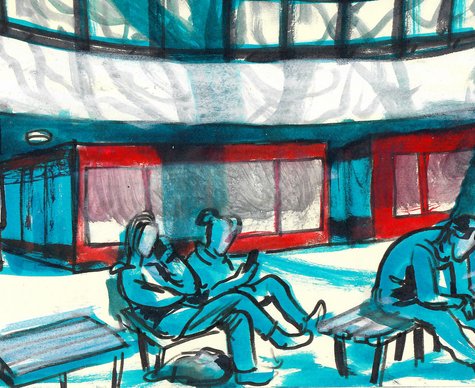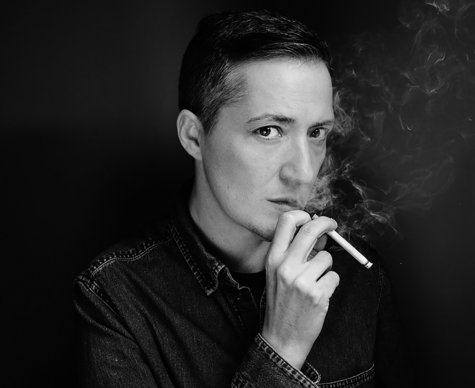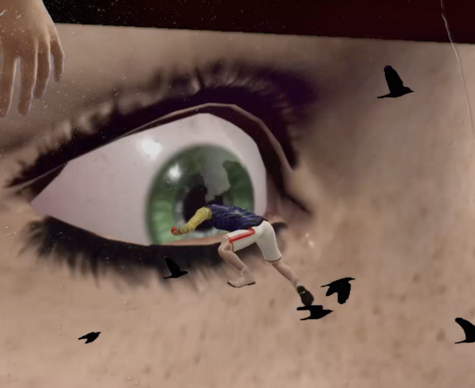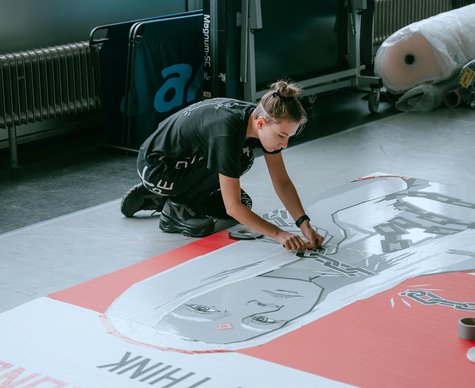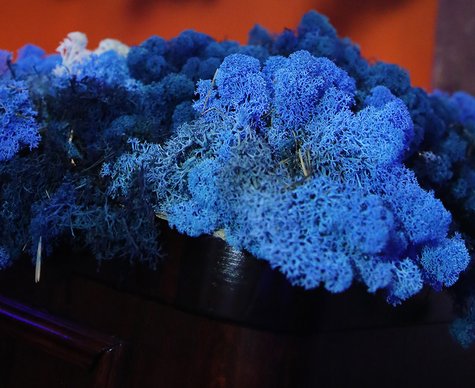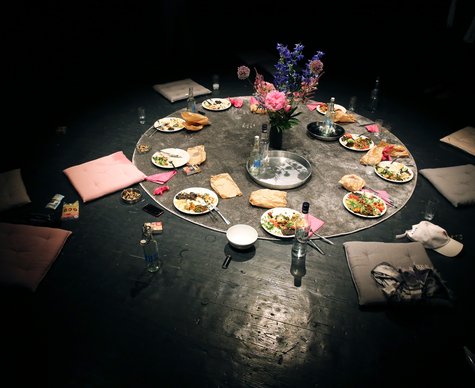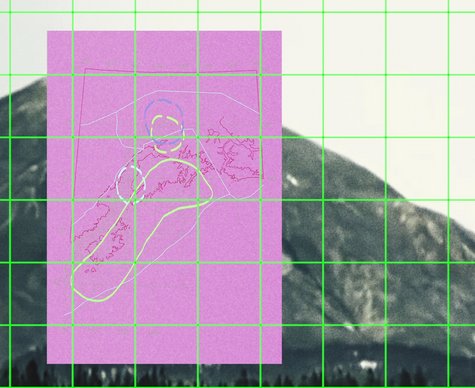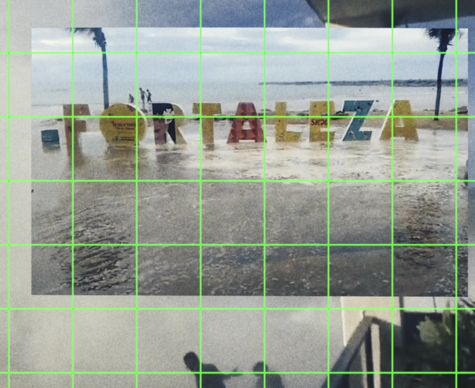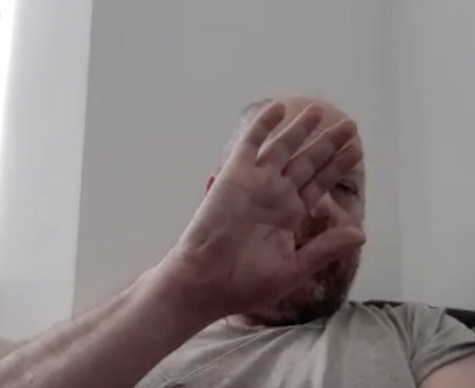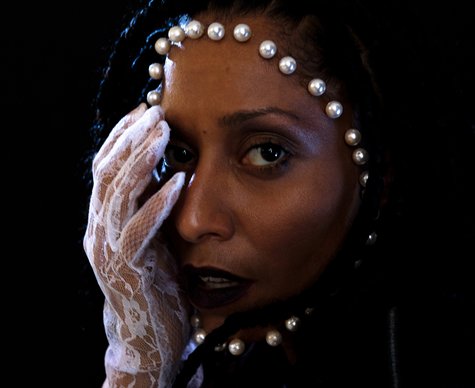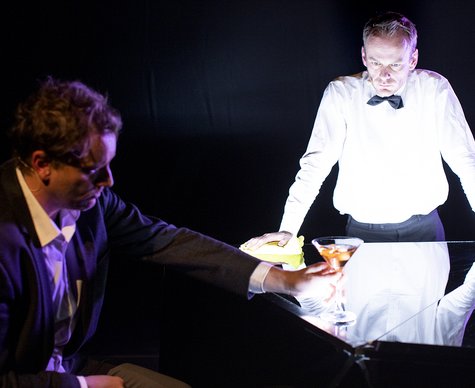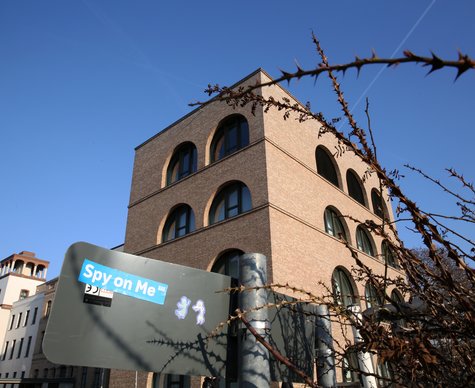Direction & choreography: Ali Chahrour / Performers: Hanane Hajj Ali, Roger Assaf / Music composed and performed by: Abed Kobeissy / Assistant to the direction & choreography: Chadi Aoun / Light designer & technical director: Guillaume Tesson / Sound engineer: Benoit Rave / Dramatic poetry & texts: Roger Assaf / Production managers: Chadi Aoun & Christel Salem / Production coordinator: Ghiwa El Haiby
Ali Chahrour
Iza Hawa
- Performance
- Dance

In “Iza Hawa” (Arabic for “to fall in love” or simply “to fall”), Beirut is not merely the setting of a tragedy – it plays the leading role. It brings together the iconic intellectual couple of the Lebanese art scene, Hanane Hajj-Ali and Roger Assaf, two ageing thespian lovers who are a couple in real life as on stage. They have watched the rise and fall of cities under the Mediterranean sun, warmly mapping their faces with every meaningful city street, every memory and every disappointment. The stage carries them together as they dance their failures, victories, and their unbending love story. The choreography highlights what is left for an aging body to give, at the edge of its limitations. Ali Chahrour relies on the power of gestures and the depth of bodies that carry the intensity of personal stories as well as the overwhelming gravity of their years, all marked by political and social commitment. Alone in the dawn of their city's imminent demise, they cling to whatever remains. “Iza Hawa” is the third part of Chahrour's dance series exploring the theme of love.
Cast
Dates
Credits
Production: Ali Chahrour. Co-production: Zoukak Theater, Les Rencontres à l’Echelle Festival, Marseille Saadallah & Lubna Khalil Foundation, Kunstfest Weimar. Supported by: The French Institute of Beirut, Wicked Solutions, Eid Press.
Location
HAU2
Hallesches Ufer 34, 10963 BerlinThere are two marked parking spots in front of the building. Barrier-free restroom facilities are available. Four relaxed seats are available in the first row of HAU2. Tickets for wheelchair users and accompanying persons can also be booked via the ticketing system. If you need help, please contact our Ticketing & Service team at +49 (0)30 259004-27 or send us an email to
tickets@hebbel-am-ufer.de.
Travelling to HAU2 via U Hallesches Tor:
If you are coming from Hallesches Tor underground station, you will have to use an alternative footpath from Wilhelmstraße / Hallesches Ufer junction, which is separated from the carriageway by a construction fence – the actual footpath is currently closed. Please note: the alternative route is also used by cyclists. Pedestrians should keep to the right. We therefore currently recommend that visually impaired or blind visitors come to the HAU with an accompanying person.
Arrival HAU2 via U Möckernbrücke:
When you leave Möckernbrücke underground station, please stay on the footpath on the canal side until you reach Hallesches Ufer / Großbeerenstraße junction – the opposite side is currently closed due to construction work.





















